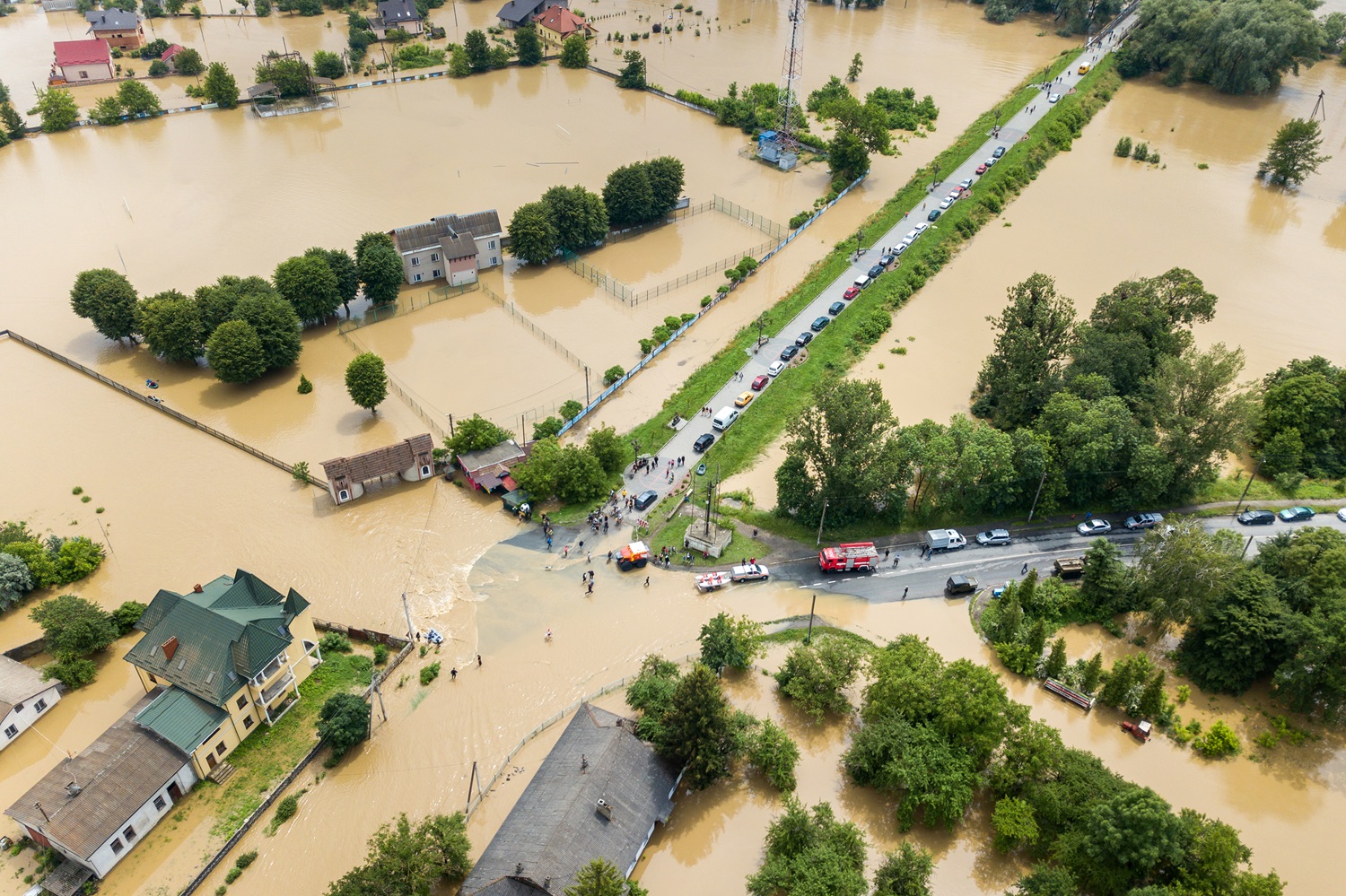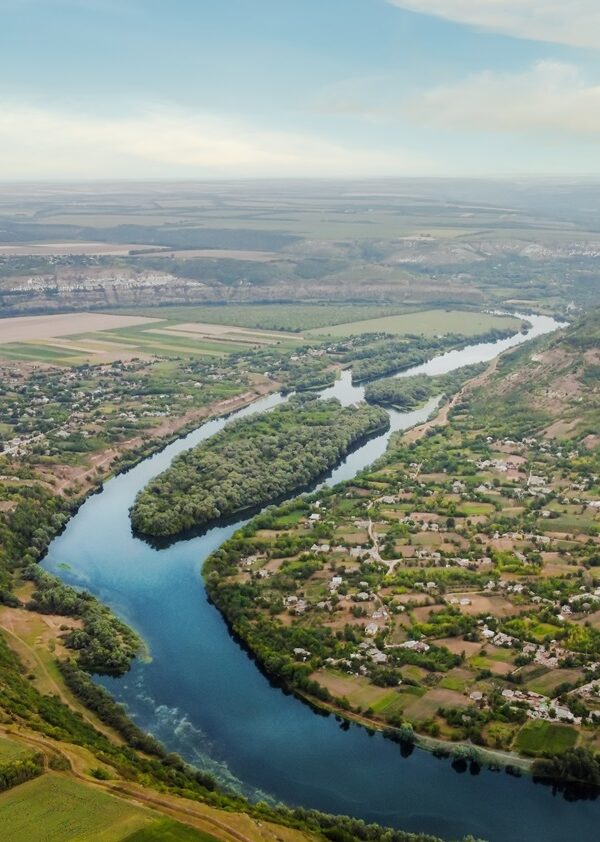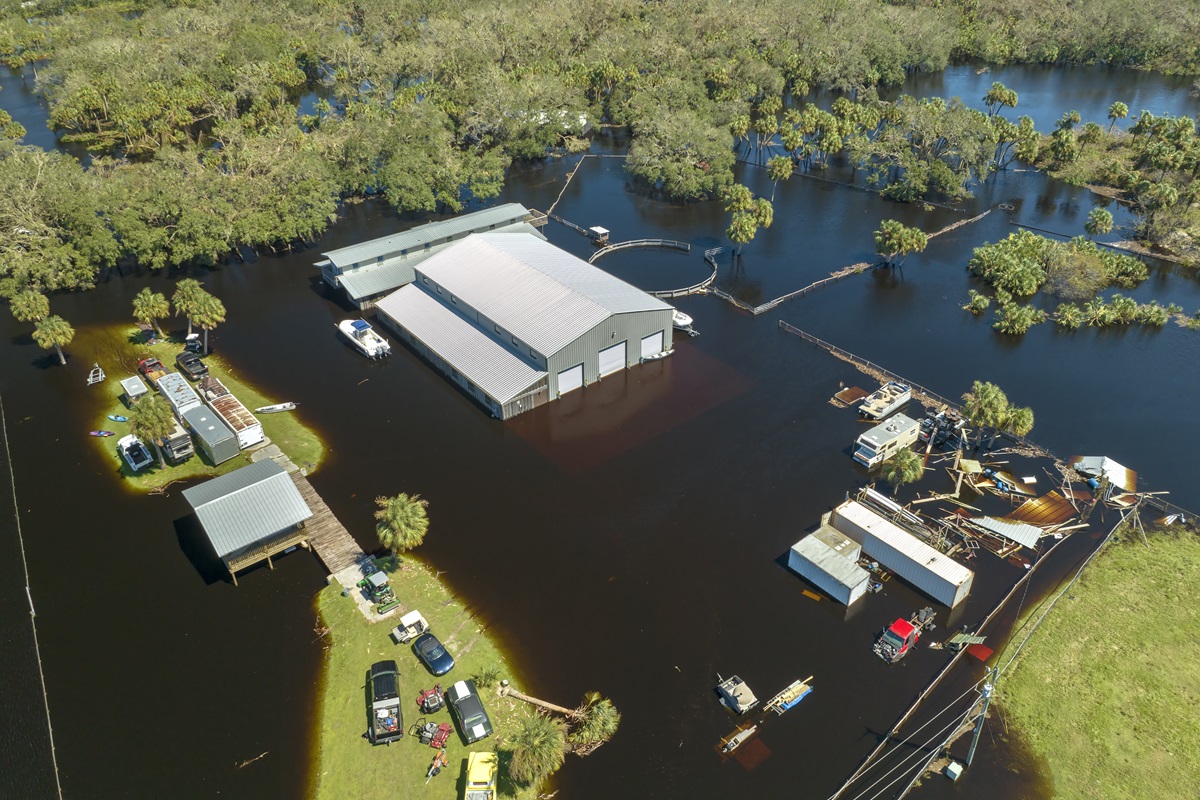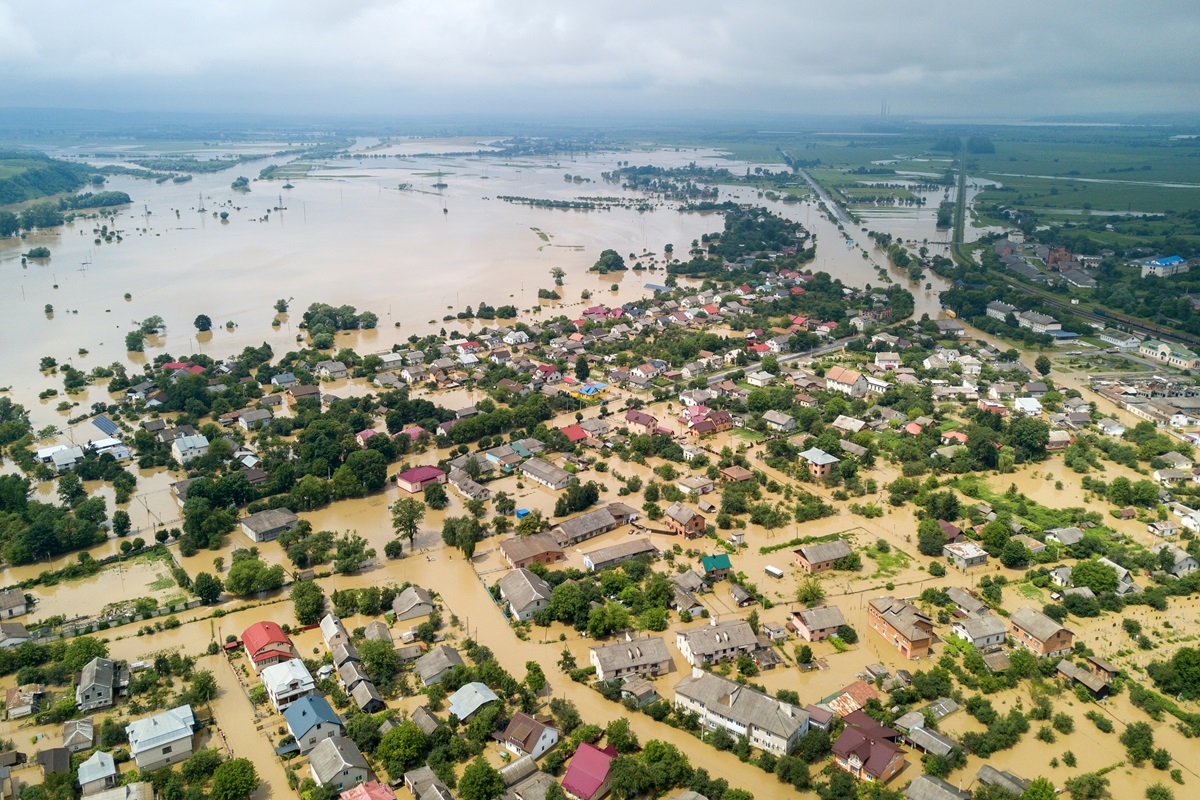What Is a Flood?
Flooding is defined by the National Flood Insurance Program as a general and temporary condition of partial or complete inundation of two or more acres of normally dry land area or two or more properties (at least one of which is your property) from: Overflow of inland waters, unusual and rapid accumulation or runoff of surface waters from any source, and mud flows.
This can be brought on by landslides, a hurricane, earthquakes, or other natural disasters that influence flooding, but while a homeowner may, for example, have earthquake coverage, that coverage may not cover floods as a result of earthquakes.

What’s Covered Under Flood Insurance?
Flood insurance policies cover physical damage to your property and possessions not normally covered by your regular homeowners policy.Your homeowners insurance will not cover your home or belongings in the event of a flood. If you are in a situation where your home suffers from flood damage, you will need flood insurance to pay for that damage.
Three Important Facts About Your Flood Policy
A Standard Flood Insurance Policy is a single-peril (flood) policy that pays for direct physical damage to your insured property up to the replacement cost or Actual Cash Value (ACV) (see “How Flood Damages Are Valued”) of the actual damages or the policy limit of liability, whichever is less.
- Contents coverage must be purchased separately.
- It is not a valued policy.
A valued policy pays the limit of liability in the event of a total loss. For example: Your home is totally destroyed by a fire and it costs $150,000 to rebuild it. If your homeowners insurance policy is a valued policy with a $200,000 limit of liability on the building, you would receive $200,000. Flood insurance pays the replacement cost or ACV of actual damages, up to the policy limit.
3. It is not a guaranteed replacement cost policy.
A guaranteed replacement cost policy pays the cost to rebuild your home regardless of the limit of liability. For example: Your home is totally destroyed by a fire and it costs $200,000 to rebuild it. If your homeowners insurance policy is a guaranteed replacement cost policy with a $150,000 limit of liability on the building, you would receive $200,000. Flood insurance does not pay more than the policy limit.

What are the coverage options?
You can buy coverage for the structure of your home and your personal property, or just the structure. There are also restrictions to coverage for systems located in the basement. For the structure you can obtain up to $250,000 coverage and for contents you can obtain up to $100,000 coverage through the National Flood Insurance Program (NFIP). For additional coverage, you will need to purchase an excess flood insurance policy.
What is covered under Building Property Coverage?
- The insured building and foundation
- Electrical and plumbing systems
- Central air-conditioning equipment, furnaces, water heaters
- Refrigerators, cooking stoves, and built-in appliances (such as dishwashers)
- Permanently installed carpeting that is installed over an unfinished floor
- Permanently installed paneling, wallboard, bookcase and cabinets
- Window blinds
- A detached garage (up to 10% of the Building Coverage)
- Other detached buildings (such a gazebo or shed) are not covered. They would need a separate Building Property Policy. Also, if you need more than 10% of the building coverage, you would need to purchase a separate policy.
- Debris Removal
What is covered under Personal Property Coverage?
- Personal belongings such as clothing, furniture and electronic equipment
- Curtains
- Portable and window air conditioners
- Portable microwave ovens and portable dishwashers
- Carpets not included in building coverage (not permanently installed, or permanently installed over a finished floor
- Clothes washers and dryers
- Food freezers and the food in them
- Certain valuable items such as artwork and furs (up to $25,000)


What are some things that will not be covered with flood insurance?
- Damage caused by moisture, mildew or mold that could have been avoided by the property owner
- Currency, precious metals and valuables such as stock certificates
- Property and belongings outside of a building such as trees, wells, septic systems, walkways, decks, patios, fences, seawalls, hot tubs and swimming pools
- Living expenses such as temporary housing
- Financial losses caused by business interruption or loss of use of insured property
- Most self-propelled vehicles such as cars and their parts (this would be covered under the comprehensive portion of an auto policy)
